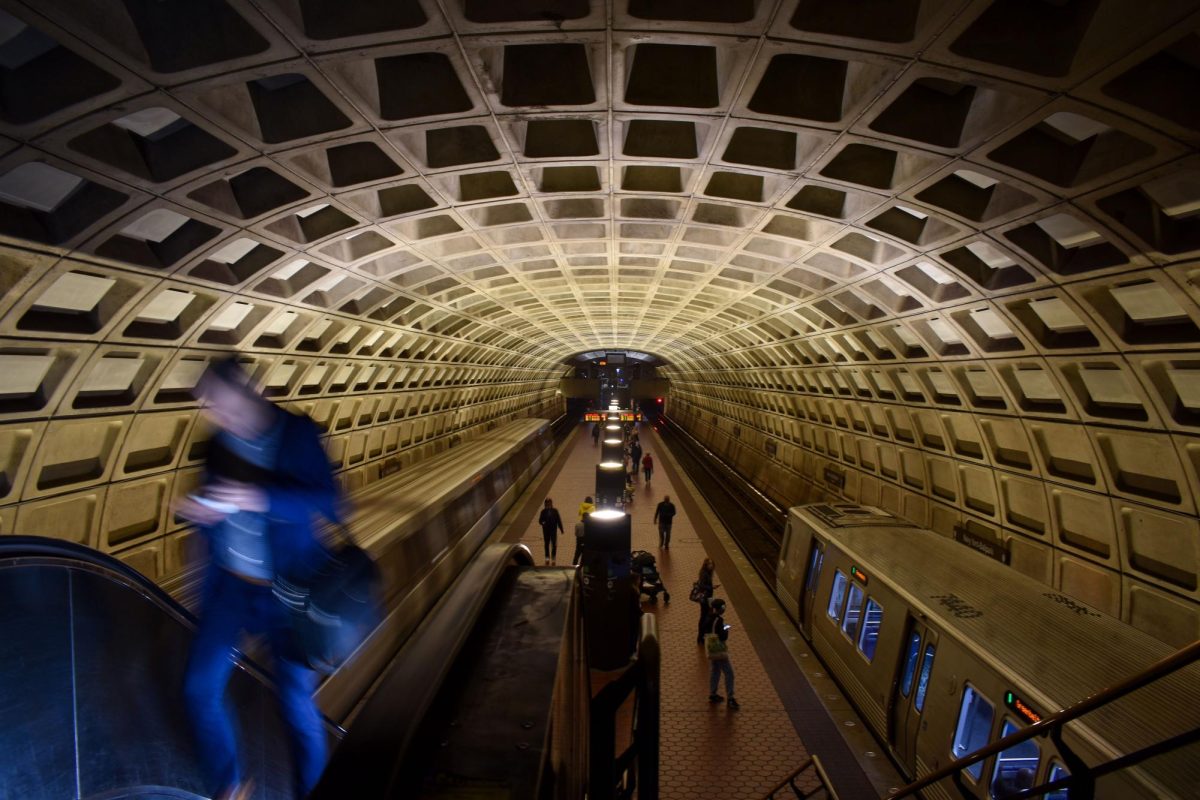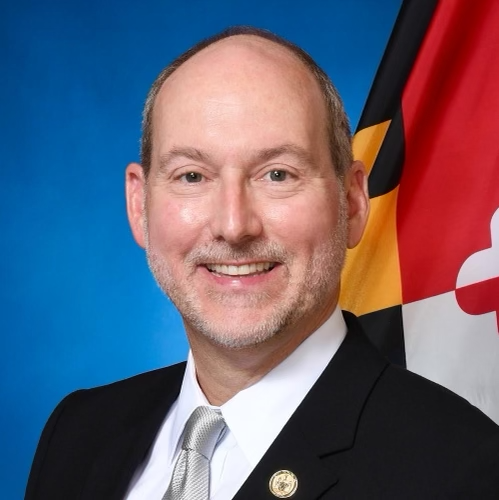Gleaning inspiration from the viral Spotify Wrapped, the Washington Metropolitan Area Transit Authority hopped on the bandwagon — or should we say train-wagon — launching their own 2023 Metro Wrapped studded with ridership stats.
After Spotify Wrapped launched in 2016, the viral year-end review inspired numerous companies to create a similar concept to highlight user statistics, including the Washington Post, Duolingo and Panera. Dubbed “Your 2023 Metro Report,” WMATA’s dupe contains a summary of riders’ public transit usage during 2023, and for GW students, it serves as a meter to see if they’ve taken advantage of the Metro system during the last two semesters or if they’ve fallen victim to the Foggy Bottom bubble.
Junior Jordan Freij said Metro Wrapped proved just how much he utilized his U-Pass — he was within the top 20 percent of Metro riders. Frequenting the Foggy Bottom and Capitol South stations the most, he said he rode the lines at least six times per week for his internship on the Hill with a Rhode Island House Democrat.
Freij said he saved an estimated $294 riding the Metro instead of Ubering or paying for a SmartCard himself. He said the implementation of the U-Pass relieved a barrier to exploring the city, and he has since seen his Metro habits skyrocketing. He said he would not have been able to enjoy some of his favorite Metro-accessible spots in D.C. — like Chinatown and its restaurants and the National Portrait Gallery — without U-Pass.
“For D.C. and in general, it’s definitely made me want to explore the city, to love the city more,” Freij said. “I’m a big fan of public transit.”
Freij found out about Metro Wrapped through social media and said he was eager to check his statistics, which include the number and miles of trips taken, the most used bus route, how many stations visited and the amount of carbon dioxide saved from using public transit instead of driving.
Transportation aficionados like Freij can see their report by entering the 20-digit code on the back right corner of their U-Pass, or, for those who utilize it digitally, by clicking the toggle in the top-right corner to show the same code.
“I saw some random person post it on their story, and I was like, ‘Oh my God? Is that a thing?’” Freij said.
Despite what Freij’s high percentile might suggest, the yearly review only provides a glimpse into his 2023 transit because GW issues new U-Passes at the beginning of each academic year. Toss inactivity during winter and summer breaks into the mix, and the statistics only tell part of the story.
Senior Audrey Casper said they saw the impact of only having one semester’s worth of Metro data. Their wrapped data showed they were in the top 52 percent of Metro riders, taking 18 rail trips and eight bus trips for a total of 107 bus and rail miles, primarily to get to work or to visit different places around the city.
“It’s interesting that I’m in the top 52 percent of Metro riders,” Casper said. “I really don’t think I use it that much.”
Harry Price, a sophomore who interned on the Hill during the fall semester, said that he fell in the top 18 percent of Metro riders, which he credits to his job. Since he received his U-Pass in late August, he said he racked up a total of 102 rail trips.
“I’m not very surprised by my stats,” Price said over text. “If anything, I thought I was on the Metro more than I was. It felt like I spent more time commuting than I spent in my dorm.”
Heather Ann Sibley, a first-year majoring in environmental science, said she found herself among the top 34 percent of Metro riders, visiting 17 Metro stations and frequenting the Blue and Yellow lines most often. She said she’s not surprised by her Wrapped data but said she thinks her perception might be skewed because of limited public transportation experience in the past.
“I’m from a really small town in the middle of Massachusetts,” Sibley said. “We don’t have buses or Metros around there. So, to me, I was like, ‘I was taking the Metro all the time.’”
Sibley said the environmentally conscious statistic — she saved 66 kg of CO2 by riding public transport for a span of 208 miles — was the most rewarding to see.
“Hey, I mean, I’m environmental science,” Sibley said. “I’ve got to take my public transportation.”
Sibley’s most used bus route was 33, which she typically rides to get to T.J. Maxx and Target. She said this makes sense because, as a first-year, she makes frequent Target runs to get various dorm supplies. But Sibley said she prefers the Metro because it’s “easier on your brain” to navigate and, in the brisk winter months, protects Sibley from the cold.
In a world of tracking how many new words you learned on Duolingo and bucketfuls of Panera drinks you consumed, Sibley said it was fun to see the details of her transportation habits over her first semester at GW.
“It’s really funny that they did this,” Sibley said. “I know the Spotify thing, everyone posts their Spotify Wrapped. And I know Duolingo did one, too. That’s so funny that they’re jumping on this trend.”



